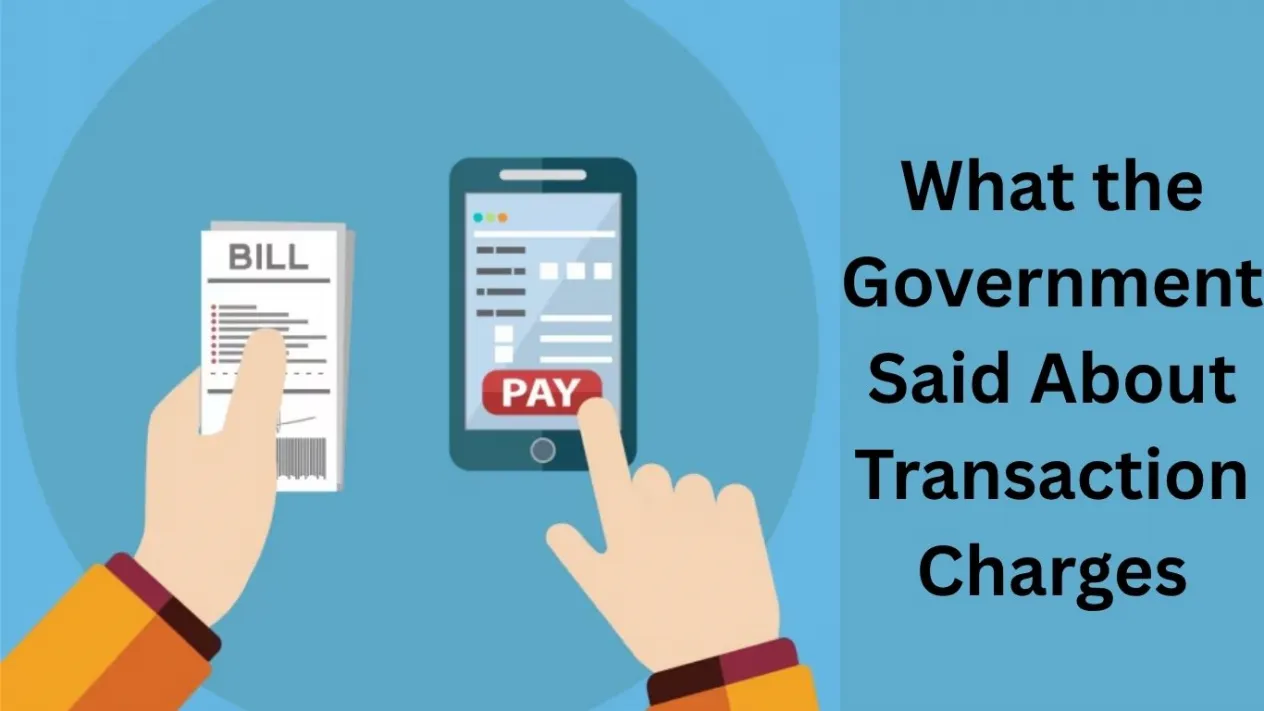Big Update on UPI: What the Government Said About Transaction Charges—Details Inside
New Delhi

The Ministry of Finance on Wednesday dismissed speculation that large-value UPI transactions may soon attract charges.
In a statement posted on social media platform ‘X’, the ministry clarified that no such proposal is under consideration by the government.
The ministry stated:
"Reports and claims suggesting that MDR (Merchant Discount Rate) charges may be imposed on UPI transactions are completely baseless and misleading. The government remains fully committed to promoting digital payments through UPI."
Notably, there had been rising speculation in the media that the government might introduce charges on UPI payments exceeding ₹3,000 or ₹5,000, and reintroduce MDR.
These claims originated from a recommendation made by the Payments Council of India, which had reportedly proposed a 0.3% MDR on UPI payments—but only for large merchants.
Currently, apart from RuPay, credit and debit cards from other networks attract an MDR (Merchant Discount Rate) ranging between 0.9% and 2%. MDR is the fee charged by banks or payment service providers to merchants when a customer makes a payment. This charge is collected as part of operational service costs.
SEBI Mandates New UPI Payment Framework
On Wednesday, the Securities and Exchange Board of India (SEBI) announced a new mandatory UPI-based payment system for all registered intermediaries collecting funds from investors in the securities market. This move aims to enhance security and accessibility of financial transactions.
In recent years, unregistered entities have misled investors through fraudulent means, prompting SEBI to introduce this safeguard.
SEBI Chairperson Tuhin Kanta Pandey, in a press briefing, stated that the new integrated UPI payment framework will become active from October 1, 2025.
The new rule applies to intermediaries such as:
- Stockbrokers
- Merchant bankers
- Depositories
- Investment advisers
- Portfolio managers
These intermediaries serve as the crucial link between investors and financial markets.
UPI-Based ID System to Prevent Fraud
To prevent misuse of identity and build investor trust, SEBI has made it mandatory for registered intermediaries to use a standardized UPI ID structure for collecting investor funds.
‘SEBI Check’ – A New Verification Tool Coming Soon
SEBI is also developing a tool named ‘SEBI Check’, aimed at empowering investors to verify UPI credentials. Investors will be able to:
Scan a QR code or
Enter UPI ID
to confirm the authenticity of UPI identities, linked account numbers, and IFSC codes of registered intermediaries.
This initiative was proposed in a consultation paper in January, and the framework has been finalized after considering feedback.
About the author
Related Posts
Latest News
.png) Kharge Visits Chhattisgarh; Baij Slams Centre Over Farmers, Soldiers, Constitution
Kharge Visits Chhattisgarh; Baij Slams Centre Over Farmers, Soldiers, Constitution 

.png)
.png)
.jpg)
.jpg)
.png)
.png)

.png)
.png)
.png)
